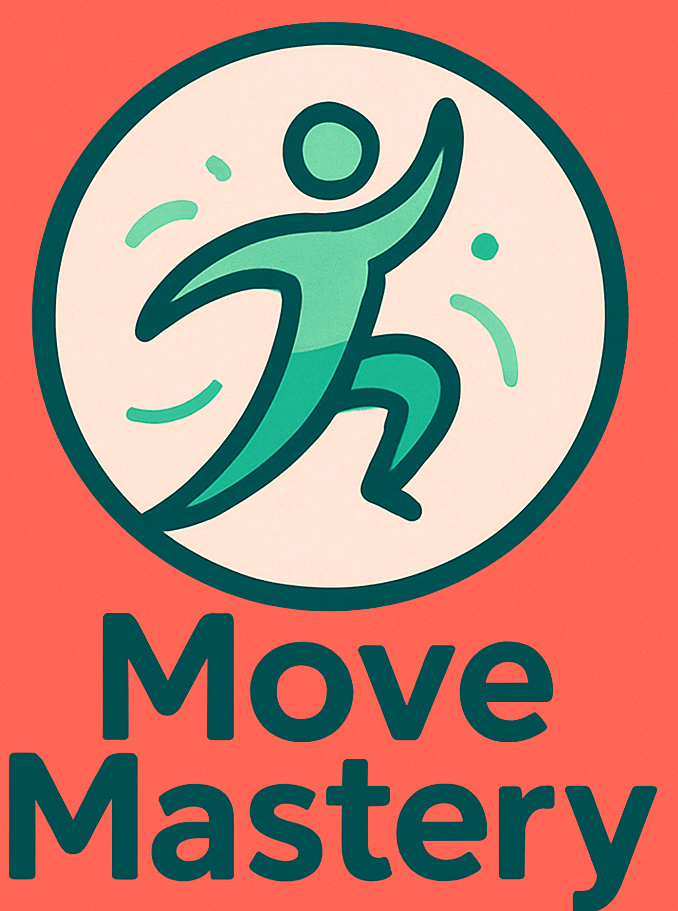Bodyweight training is like the Swiss Army knife of workouts. You don’t need a fancy gym membership or expensive gear to get started; your body is all the equipment you need. Perfect for people who are new to exercising or are looking to mix up their routine, bodyweight exercises offer a versatile and effective way to start building strength and endurance.
One of the coolest things about bodyweight exercises is their versatility. Whether you’re in your living room, a hotel room, or at a local park, you can exercise anywhere, anytime. This flexibility makes it super easy to integrate workouts into busy schedules without the need for elaborate planning.
But why are these exercises essential? Before jumping into heavy weight training, it’s important to build a solid foundation. Bodyweight exercises help you understand your body and control over movements, which is key to preventing injuries down the line. Plus, they’re scalable—meaning as you get stronger, you can tweak these exercises to keep challenging yourself.
Beyond just building muscle, these exercises pack in benefits like improved cardiovascular health and greater flexibility. Regular bodyweight training can boost your heart health, keep your lungs happy, and increase your overall mobility. It’s not just about looking fit; it’s about feeling good in your own skin too.
Mastering the Basics: Your First Five Essential Moves
Kicking things off with push-ups, a quintessential upper body exercise known for building strength in the arms, chest, and shoulders. Whether you’re starting with knee push-ups or diving right into the classic version, there’s a variation for everyone. They’re all about control and stability, helping you fortify that core while you’re at it.
Now onto squats. These are your go-to for toning the lower body. Squats enhance mobility and balance, targeting the quads, hamstrings, and glutes. It’s crucial to focus on form here: keep your chest up, knees in line with toes, and go as low as your flexibility allows. As you progress, you’ll find you can squat deeper and stronger, transforming your legs and butt.
Planks are up next, championed for their core-building prowess. You’re not just working abs but engaging pretty much every muscle, from your shoulders down to your toes. Mixing up your plank variations—like side planks or planks with shoulder taps—keeps it interesting and challenging.
Lunges are another essential, known for beefing up leg strength and coordination. Forward lunges can help improve balance and symmetry between your left and right sides. As with squats, proper form is key. Maintain a straight back and ensure your knee doesn’t go past your toes.
Finally, we have burpees. These are not for the faint-hearted but are a dynamite move for a full-body workout with the added bonus of boosting cardiovascular fitness. They get the heart pumping fast and test your endurance. Starting off slow and then ramping up the pace as you become more comfortable will work wonders for your stamina.
Perfecting Your Form: Keys to Effective and Safe Exercise
Getting the hang of bodyweight exercises is all about nailing the right form. Great form not only helps you get the most bang for your buck from each movement but also keeps injuries at bay.
Avoiding common mistakes is crucial when starting. For instance, letting your knees collapse in during squats or not keeping a straight back during planks can lead to strain. Focusing on alignment and control over speed lets you exercise safely and efficiently.
Correcting these mistakes often begins with awareness. Pay attention to your body’s signals during a workout. If something feels off, it probably is. Utilize mirrors or even record yourself to check how your form holds up through different exercises.
Advancing safely means stepping up the challenge without compromising on technique. Once you’ve got the basics down, introduce subtle tweaks like slowing down movements, increasing repetitions, or adding pauses to make exercises tougher without extra strain.
Building a Routine: Integrate Bodyweight Training Into Your Lifestyle
Creating a workout routine that actually fits your lifestyle is all about practicality and balance. Start small with a plan that combines a few exercises from your new bodyweight arsenal, like mixing push-ups, squats, and lunges, spread across the week.
Consistency is your best bud here. Aim for at least three to four workouts a week, but listen to your body. Don’t stress if life gets in the way; just get back on track as soon as you can.
Bodyweight training can complement other activities like yoga, running, or cycling. It adds strength and endurance that can boost performance in those areas, making it a win-win situation.
Tracking your progress is another key piece of the puzzle. Whether it’s noting the number of reps or how long you hold a plank, progress tracking keeps you motivated and shows you how far you’ve come.
Keeping your workout journey exciting involves setting realistic fitness goals and finding motivation. Maybe you want to increase reps, hold that plank longer, or just feel more energetic. Celebrate those milestones, no matter how small, and stay hyped about the gains you’re making.
Surely you’ve got value from this post. Leave me a comment. Share your journey with me; I wish you nothing but success, as I know embarking on a new workout routine can be very challenging. Don’t break a leg, lol!
<script async src="https://pagead2.googlesyndication.com/pagead/js/adsbygoogle.js?client=ca-pub-9579274113620902"
crossorigin="anonymous"></script>